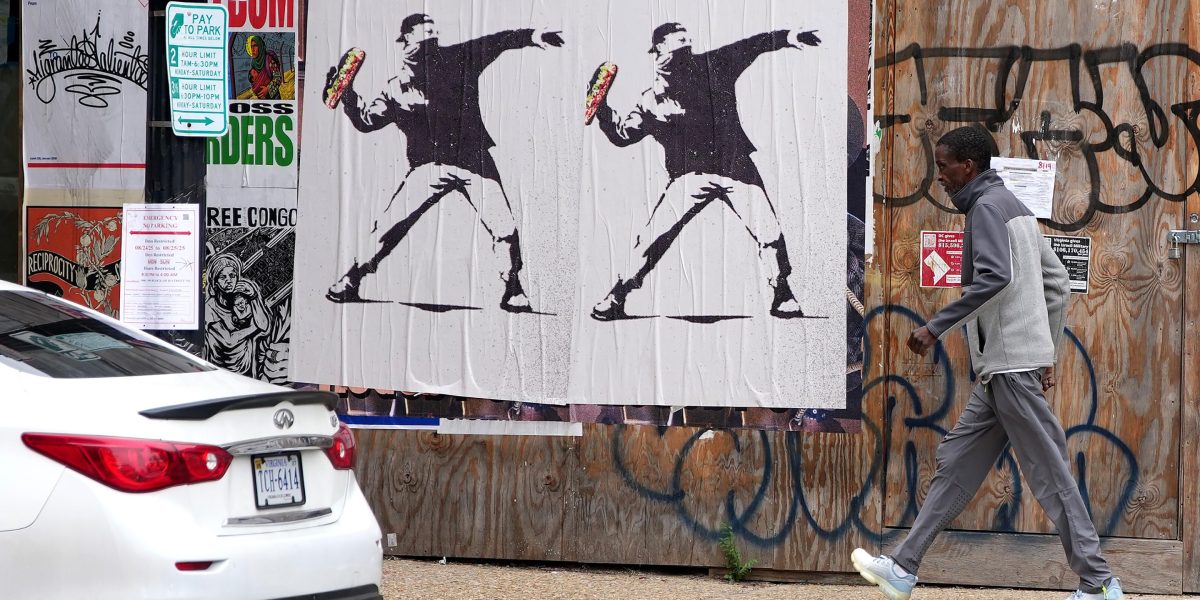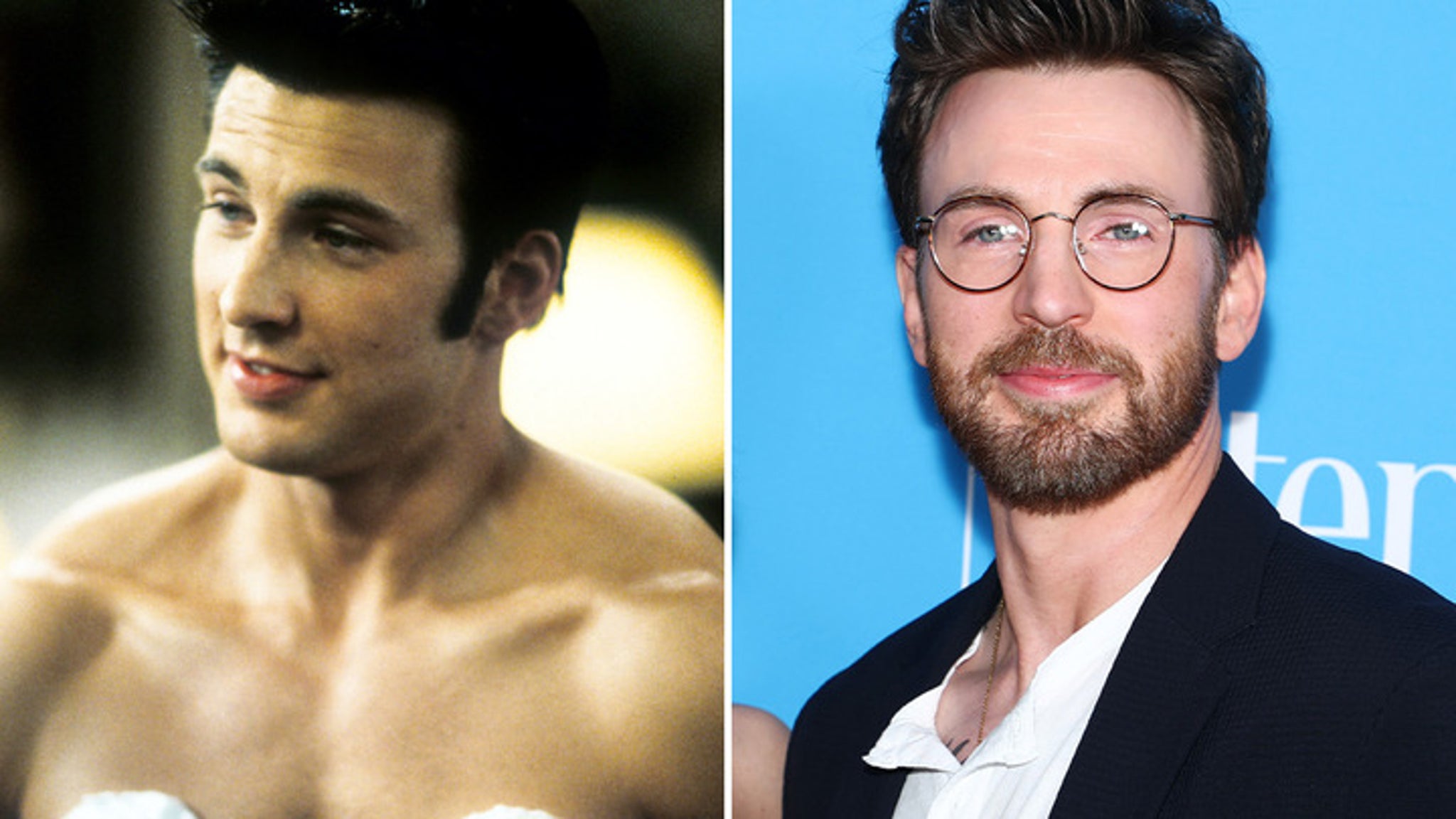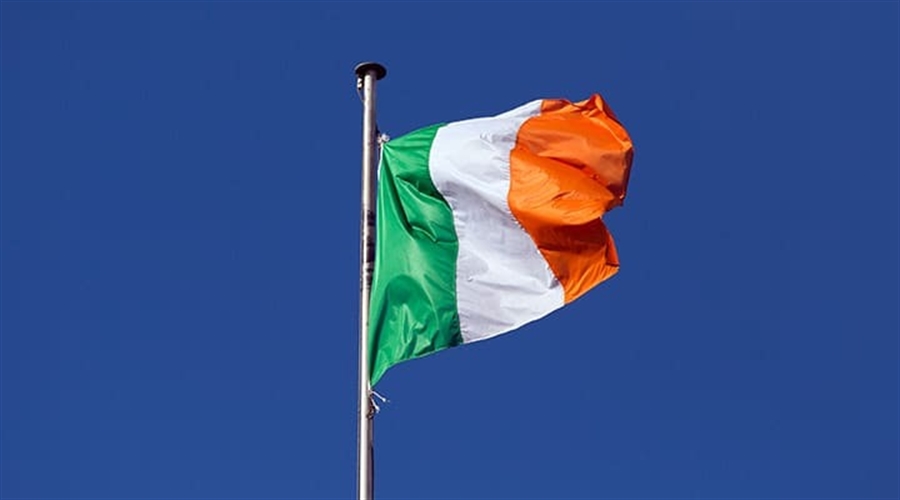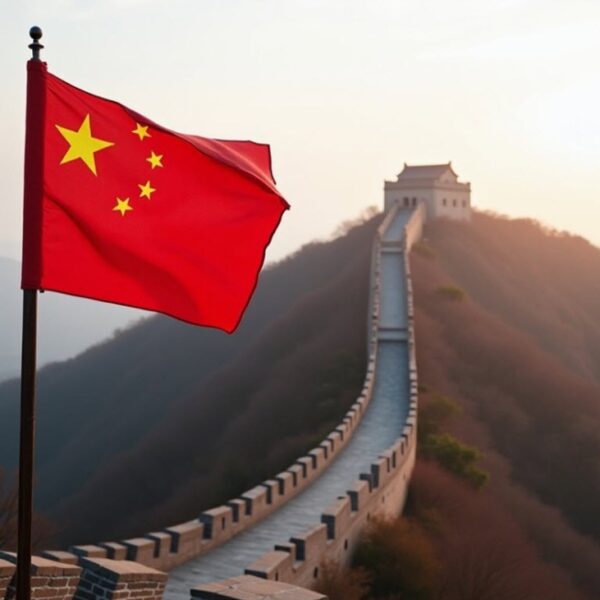
Subway was thrown—literally—into the spotlight after a D.C. resident and then-Justice Department employee hurled one of the sandwich chain’s footlongs at a federal officer, which became a viral moment this past week. Now, Subway may have to deal with something that’s grown beyond a single hoagie toss.
Sean Charles Dunn, the now internet-famous protestor known better as “Sandwich Guy,” was captured on video hucking a sandwich wrapped in green and yellow paper at the officer, after calling a group of agents standing outside Subway “fascists.” The video was uploaded to Instagram on Aug. 10 and has since gone viral, with major news outlets reporting on the incident and eliciting responses from the Trump administration.
U.S. Attorney for the District of Columbia Jeanine Pirro said in a video posted on X last Wednesday that Dunn would be charged with assault on a police officer, a felony that is punishable by up to eight years in prison. The following day, Attorney General Pam Bondi said in an X post that Dunn had been fired from his job at the DOJ.
“Stick your Subway sandwich somewhere else,” Pirro said in the video that has now racked up over 2 million views.
Well, Dunn hasn’t, but D.C. residents have, painting the nation’s capital with Banksy-styled portraits of Sandwich Guy, his right hand winding up, armed with a green, yellow and red footlong. The single act of protest has blossomed into a symbol of resistance against President Donald Trump’s federal law enforcement takeover. T-shirts depicting footlongs have hit Etsy, and some protestors are even bringing wrapped Subway sandwiches to demonstrations outside the White House.
But what happens when a large brand gets tied up in a national debate?
Other well-known brands have been monitored and discussed closely by the public for cultural and political implications.
In July, American Eagle came under fire for its “Sydney Sweeney Has Great Jeans” denim ad campaign that featured the actress saying, “Genes are passed down from parents to offspring… My jeans are blue.”
This month, Cracker Barrel’s logo refresh drew online criticism from restaurant patrons accusing the brand of straying from its roots and going “woke.”
Experts told Fortune that Subway’s position is unique in that it didn’t incite any of the debate it’s embroiled in now. Unlike an ad campaign, policy change or public support of a marginalized community or cause, Subway hasn’t sparked a brand conversation of their own doing. Instead, experts said the unlikely string of events is a case study in brand image management due to external forces and crisis communication.
“Subway didn’t choose to be in this situation,” Stacy Rosenberg, professor of marketing at Carnegie Mellon University’s Tepper School of Business, told Fortune. Yet, “they do need to issue a crisis communication statement to take some level of control of the message.”
Although Subway was thrown into the D.C. police takeover debate involuntarily, she said companies have to prepare for the unexpected to be able to respond in a timely manner.
Subway hasn’t publicly responded to the incident yet, and didn’t respond to Fortune for comment.
Since Aug. 10, Subway has posted routine promotional material on TikTok, X and Instagram. Some of their followers have taken to the comments section to further the conversation about the D.C. incident. Under an Aug. 13 picture of a 6-inch, one Instagram commenter replied, “I’m just excited to throw them at fascists.” X users have responded to an Aug. 12 Subway rewards post with a picture of Dunn being arrested, calling for him to be the sandwich chain’s new spokesperson.
“I think (Subway) is waiting it out, probably hoping not to have to” comment, Melissa Murphy, another marketing professor at Carnegie Mellon, told Fortune.
As social media allows for individual videos to become flashpoints and viral symbols, messaging can slip away from brands quickly. It’s Subway’s responsibility to provide a response, she said.
Murphy said that one of the exercises she does with marketing students is to brainstorm “every possible thing that could go wrong,” rank them by likelihood, and draft up the beginnings of public statements for the ones with the greatest chance to happen.
Though a Subway sandwich throwing “may not have been on the bingo card,” it falls under a political issue affecting a brand, which is something companies have to keep in mind, she said.
“If a brand isn’t prepared for that, I mean, it’s sort of shame on them,” Murphy said.
But, others don’t think Subway needs to do anything right now.
“There is a time to respond,” crisis communications expert Cindyee Harrison, CEO of Synaptic, a PR agency for small businesses, told Fortune. “I’m not entirely sure that that moment has arrived or will arrive for Subway.”
Harrison said the brand of the sandwich thrown at the federal officer has taken a backseat in people’s minds.
“It is the irony of the weaponization of a sandwich,” she said. “I think that’s the point more. So it really could have been any sandwich. It happens to be from Subway.”
The sandwich becoming an iconic symbol was an organic crowd response to a viral moment, something common in today’s media and likely to pass quickly, Harrison said.
If Subway potentially looks to capitalize on this heightened brand conversation online, it could come off as disingenuous, she added.
Though Murphy said she’s surprised Subway hasn’t issued an official statement on the matter, she understands the sub chain doesn’t want to alienate any of their customer base.
“I think it forces their hand a little bit to have an opinion,” Murphy said. “And that’s dangerous.”















